The Breton Epagneul or Epagneul Breton (French Épagneul Breton, English Brittany) is a gun-pointing dog. The breed got its name from the region where it comes from.
In many countries, these dogs are known as the Breton Spaniel, but they hunt in a manner more typical of setters or pointers. The reason for its great popularity among hunters is that it is a very intelligent breed, calm and obedient.
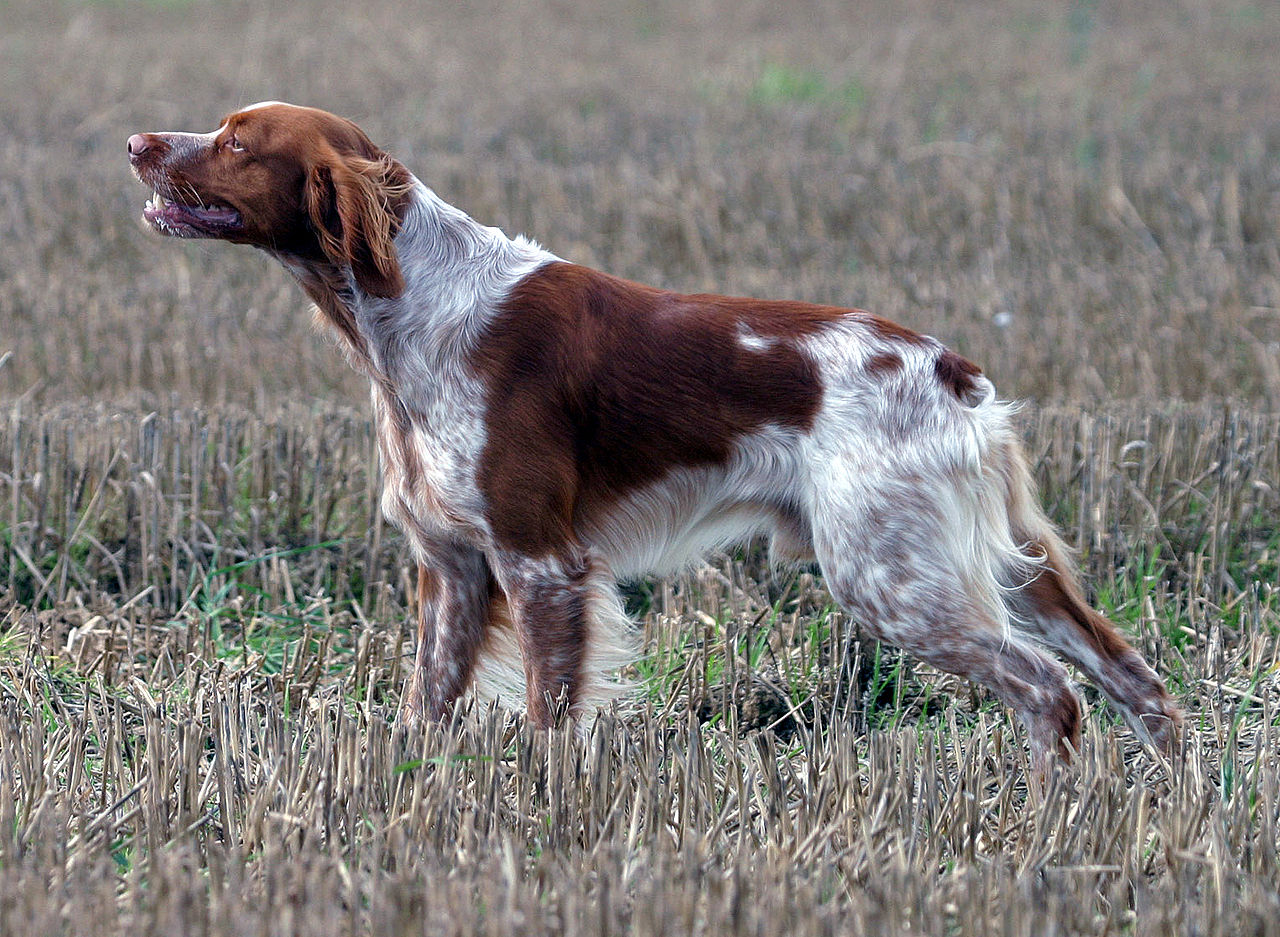
Epagneul Breton originated in one of the remote, agricultural regions of France and there is no reliable information about its origin. It is only known for certain that the breed appeared in the French province of Brittany around 1900 and for a hundred years has become one of the most popular dogs in France.
The first written mention of the breed is found in 1850. Priest Davis described a short-tailed hunting dog that was used for hunting in northern France.
At the beginning of the 20th century, the Breton Epagneul is already quite famous at home and even participates in a dog show held in Paris in 1900.
Another description of the breed was made by M. Le Comte Le Conteulx de Canteleu, who compiled a list of French breeds, among which was the Breton Epagneul. It was he who first mentioned the breed under this name.
The first detailed description was first written by Cavalry Major and Veterinarian P. Grand-Chavin in 1906. He described small spaniels, with short tails or even tailless, which are extremely common in Brittany. He also mentioned colors: white with red, white with black, or white with chestnut.
These are the same colors that are found in the breed today. In 1907, a Breton Epagneul male named Boy became the first dog officially registered with a canine organization.
In the same year, the first breed standard was drawn up. Initially, these dogs were called Epagneul Breton Queue Courte Naturelle, which translates as “short-tailed Breton dog.”
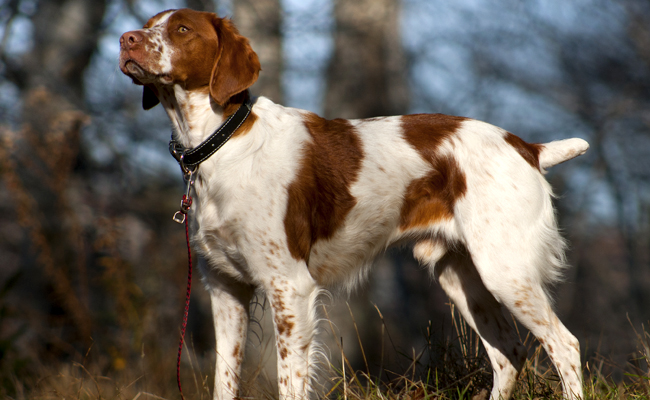
Despite being a spaniel, the Breton Epagneul is definitely not like these glorious dogs. Spaniel traits are present in it, but they are less pronounced than in other breeds in this group.
This is a medium-sized dog, males at the withers reach from 49 to 50 cm and weigh 14–20 kg. This is primarily a hunting dog and should look appropriate.
The Epagneul is muscular, very sturdily built, but does not have to look fat or stocky. Of all spaniels, it is the most square, approximately equal in height to its length.
British spaniels are known for their short tails, some are born without a tail. Docking is also acceptable, but it is extremely rare for them to have a tail longer than 10 cm.
The head is typical of a hunting dog, in proportion to the body, but not very large. The muzzle is of medium length, the eyes are set deep and protected by heavy eyebrows.
Dark-colored eyes are preferred, but dark amber shades are also acceptable. The color of the nose corresponds to the color and can be dark pink, brown, black.
The ears are of medium length, but rather short as for a spaniel. Their coat is slightly longer, but without feathering, like in other spaniels.
The coat is long enough to protect the dog when moving through the thickets, but should not hide the body. It is of medium length, shorter than other spaniels, straight or wavy, but not curly. Even though the coat is very dense, the Breton Epagneul does not have an undercoat.
On paws and ears, the hair is longer but does not form feathering. Almost every large canine organization has its own color requirements. The most famous color is white with red, white with black or white with chestnut.
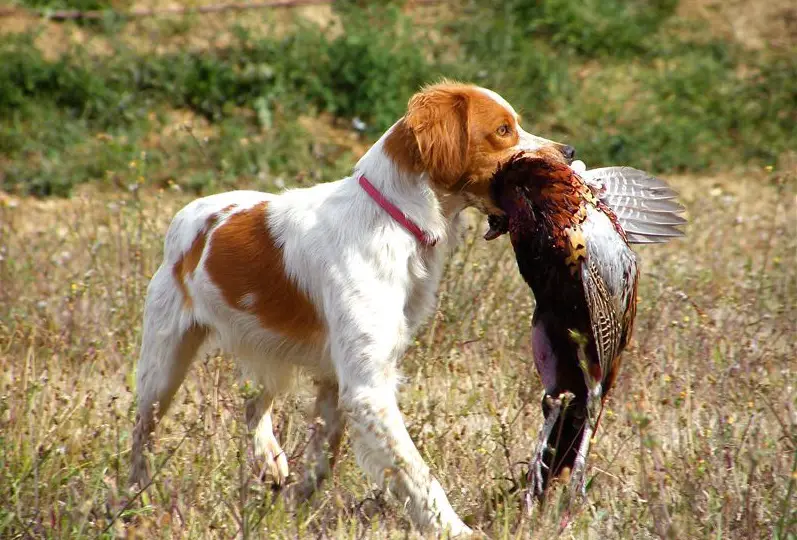
Breeders carefully monitor the working qualities of these dogs and her character is typical of a gun dog. But, they are also distinguished by good nature. Most after returning from hunting become cute pet dogs. They are attached to the owner, friendly to strangers.
These qualities make the breed completely unsuitable for guard work, they will happily greet a stranger in the house. With proper socialization, Breton people get along great with children and are often best friends.
Even when compared to the kind-hearted Golden Retriever or Cocker Spaniel, they win and are one of the best companions among hunting dogs.
It is an obedient dog, it is easy to train and if you are going to have your first hunting dog or want to take part in obedience competitions then this is a great candidate. However, you cannot leave her alone for a long time, as they suffer from loneliness.
Although these dogs usually work alone, they are capable of working in packs and prefer the company of other dogs. Dominance, territoriality, jealousy are unknown to Bretons.
Very rare dogs bully others, they calmly get along with them. Surprisingly, for a hunting dog, she has a high tolerance for other animals. The cops should find the bird and bring it to the owner after the hunt, but not attack. As a result, most Bretons are very soft with other animals.
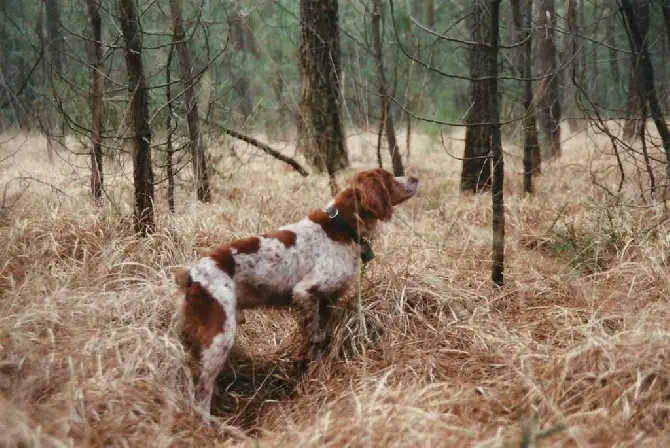
This is one of the most trained dogs and it shows itself well in training. Her intelligence level is very high and she does not come out of the top 20 smartest dogs. She easily accomplishes tasks that baffle other dogs. If you are lacking in training experience, then this is one of the best dogs.
Breton Epagneul would suit almost any family if they did not need a high level of activity. For their size, they are very poorly adapted for living in an apartment and even in the nearest suburbs. They need a load and the load is high. Only some shepherd dogs and terriers can argue with them in this.
A simple, albeit long, walk is not enough for them. Breton can hunt for 9-10 hours without a break, regardless of the weather. The required hour of running or other activity per day is at least. At the same time, they practically did not eliminate and drive the owner to death.
It is imperative to meet its load requirements, as all problems deteriorate from wasted energy. The dog can become destructive, nervous, timid.
Maintaining a Breton Epagneul and not overloading it is tantamount to not feeding or drinking. The best load is hunting, for which the dog was born.
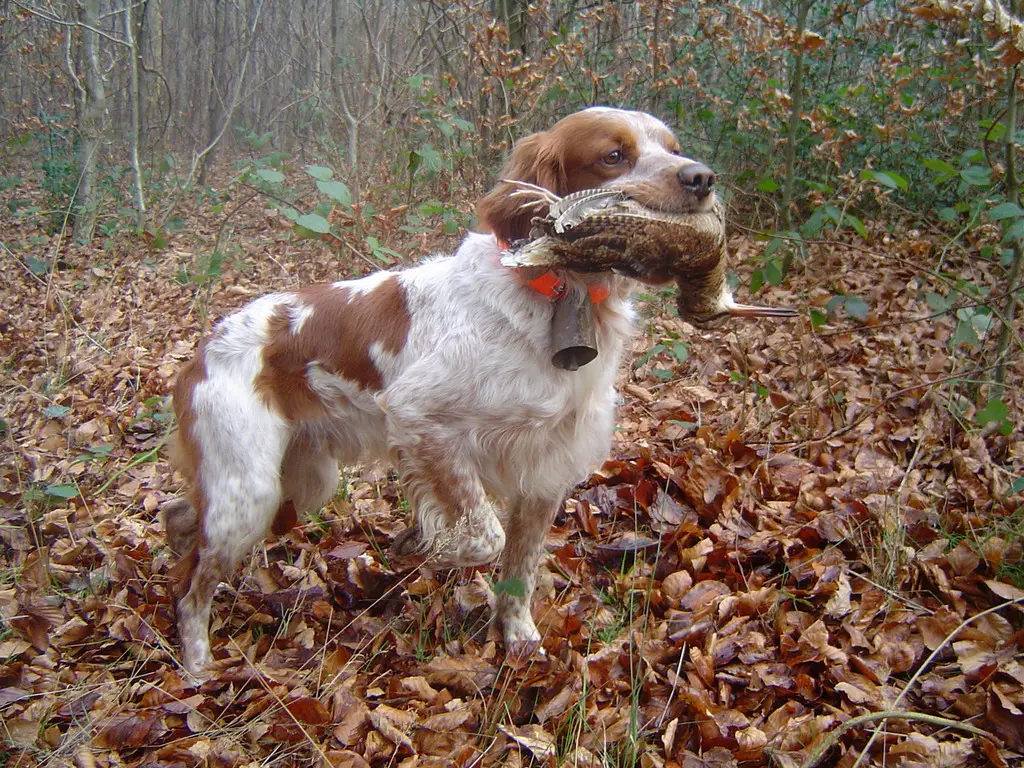
Breton does not require much maintenance, just regular brushing. Dogs have no undercoat, so washing and grooming are minimal.
For show-class dogs, it needs a little more, but for workers it is minimal. Care should be taken to keep the ears clean, as their structure contributes to the accumulation of dirt.
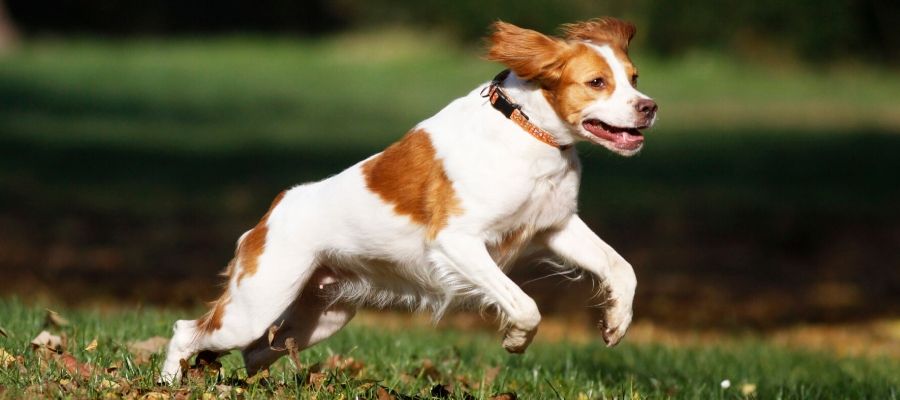
Healthy, hardy, unpretentious breed. The average life expectancy is 12 years and 6 months, some live for 14-15 years. The most common disease is hip dysplasia. According to a study by the Orthopedic Foundation for Animals (OFA), about 14.9% of dogs are affected.

